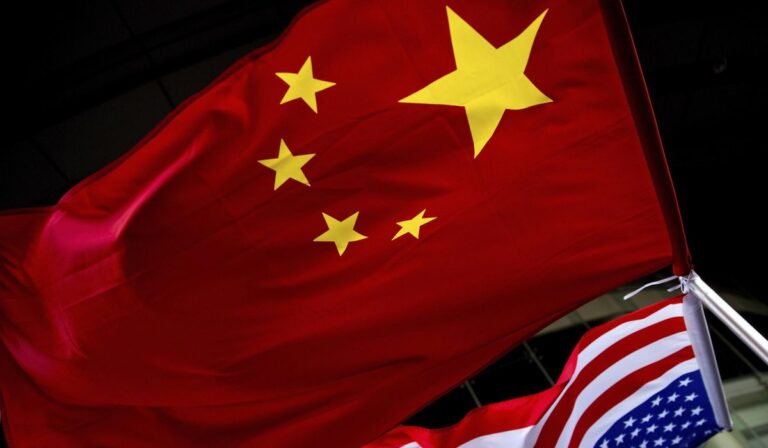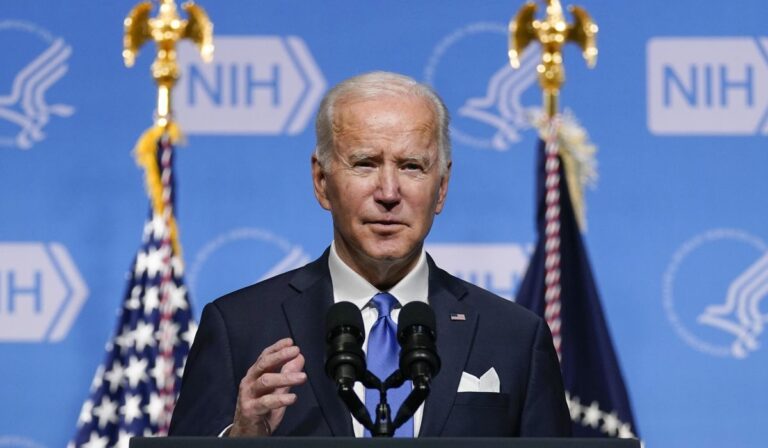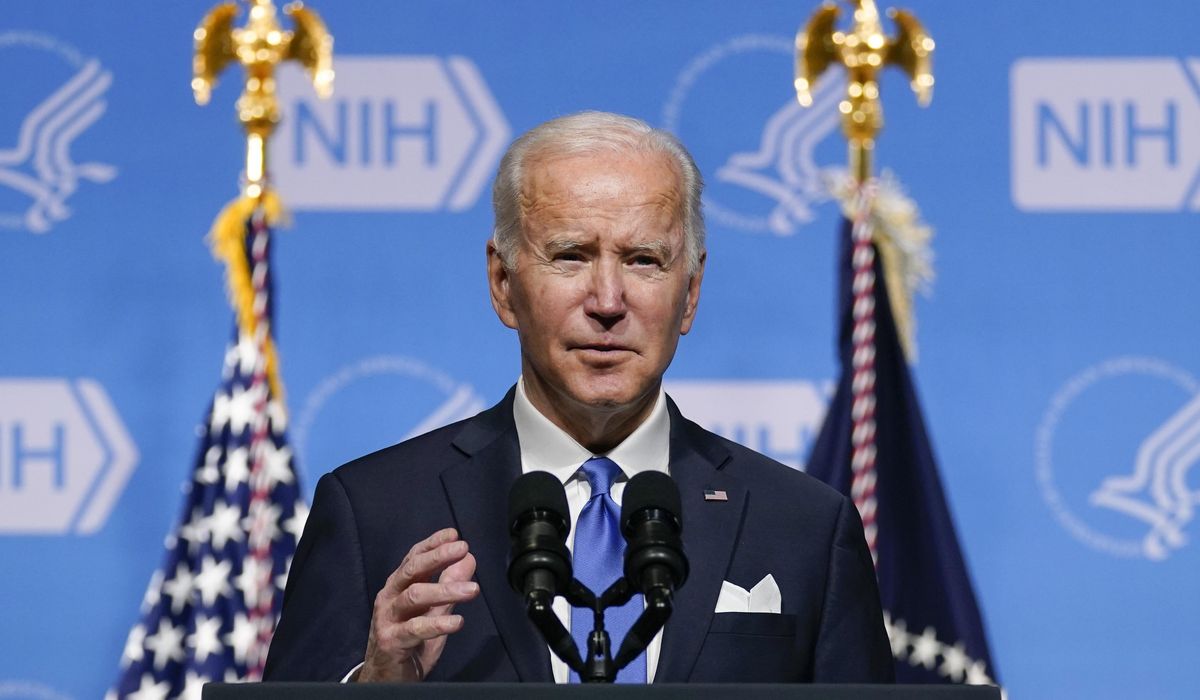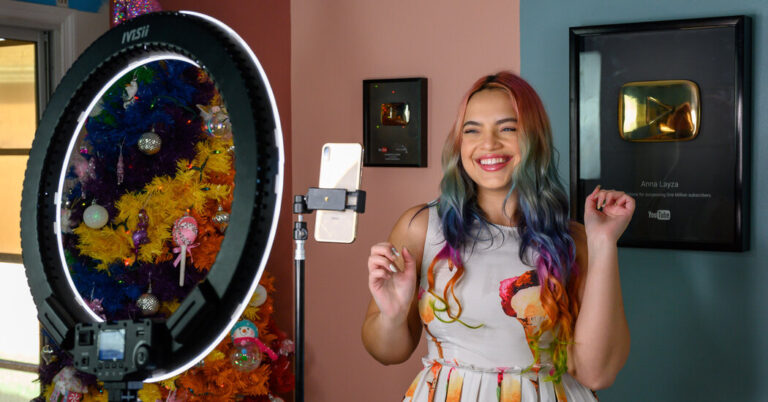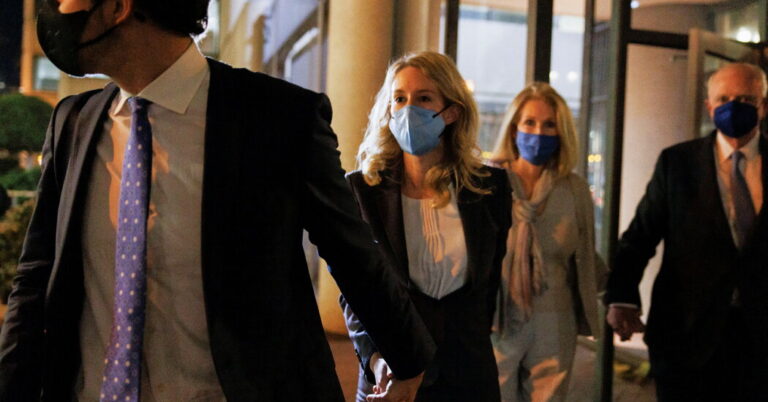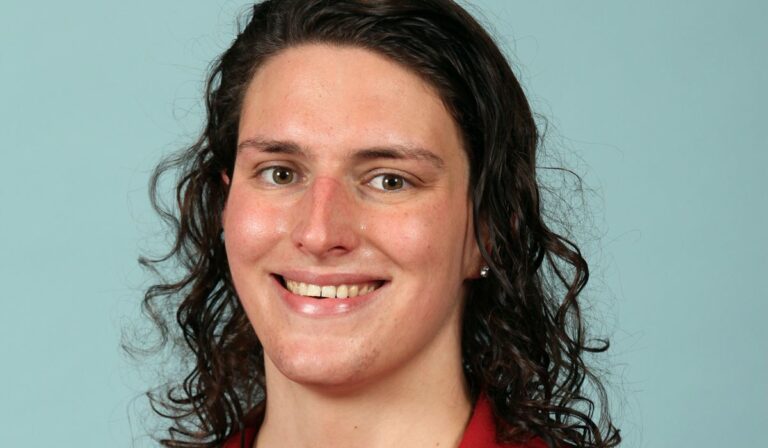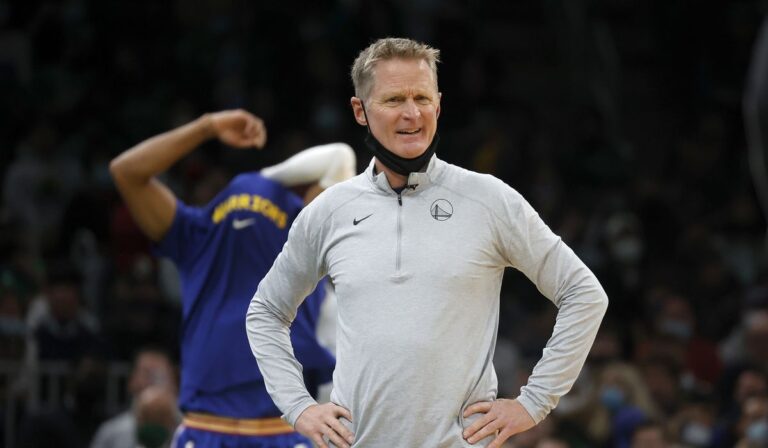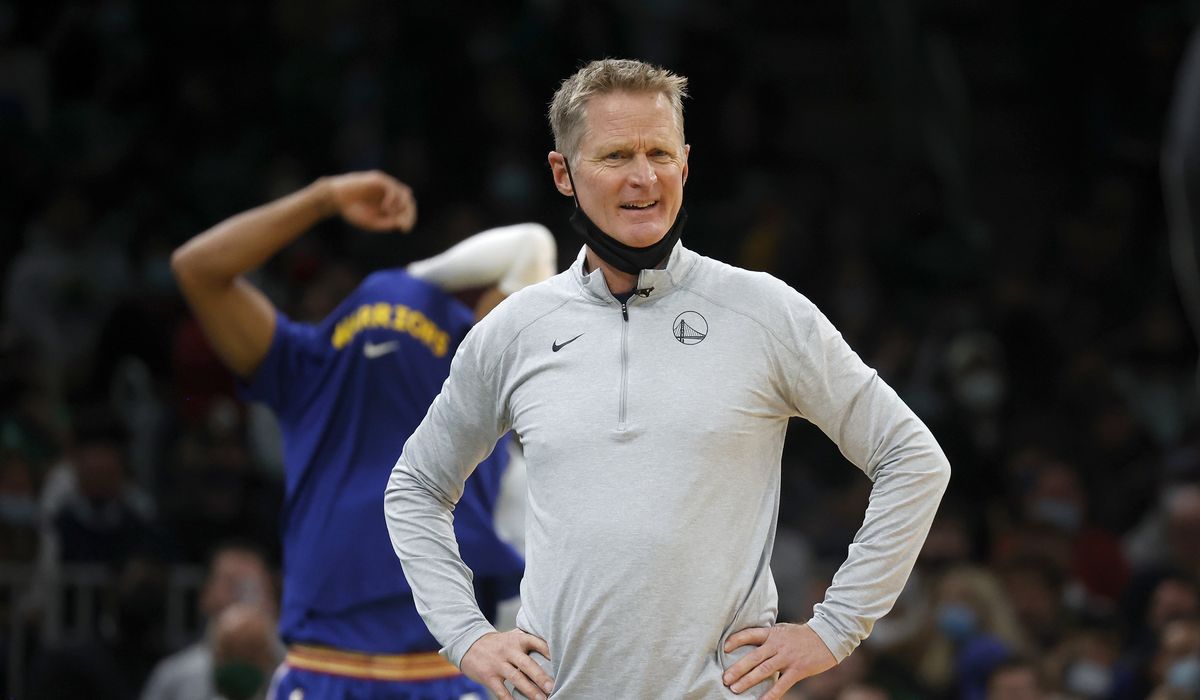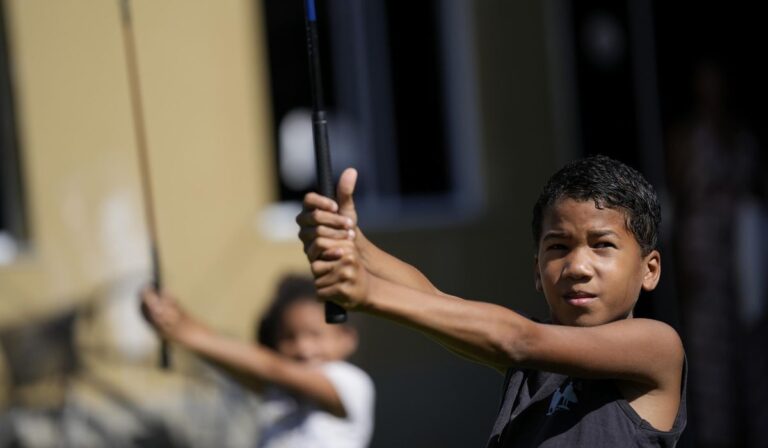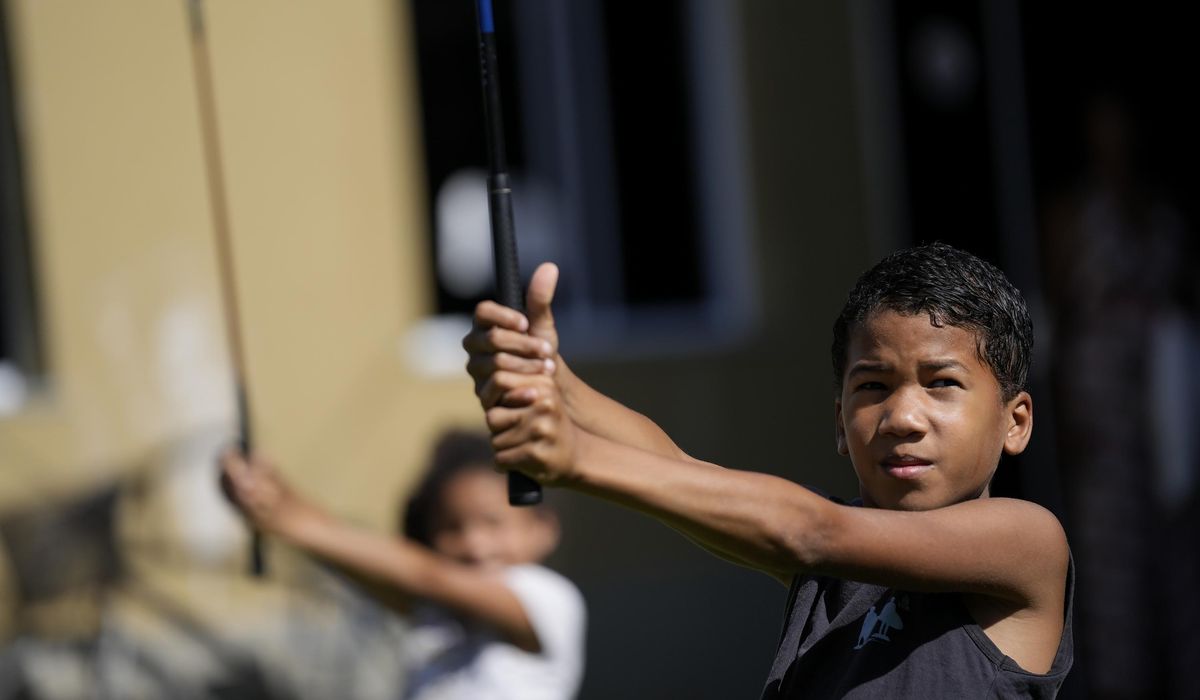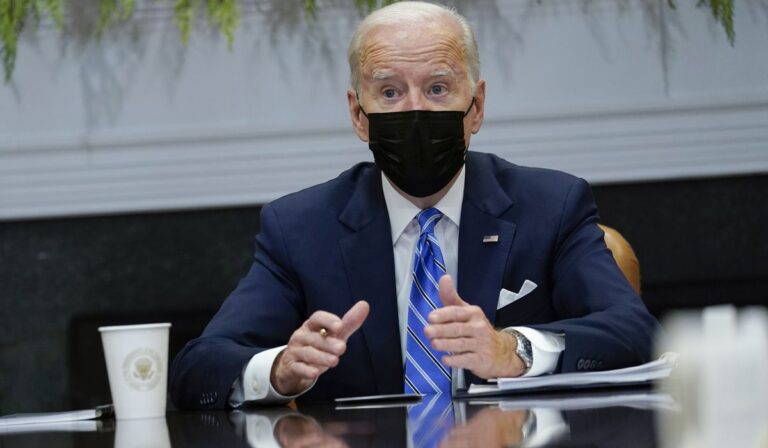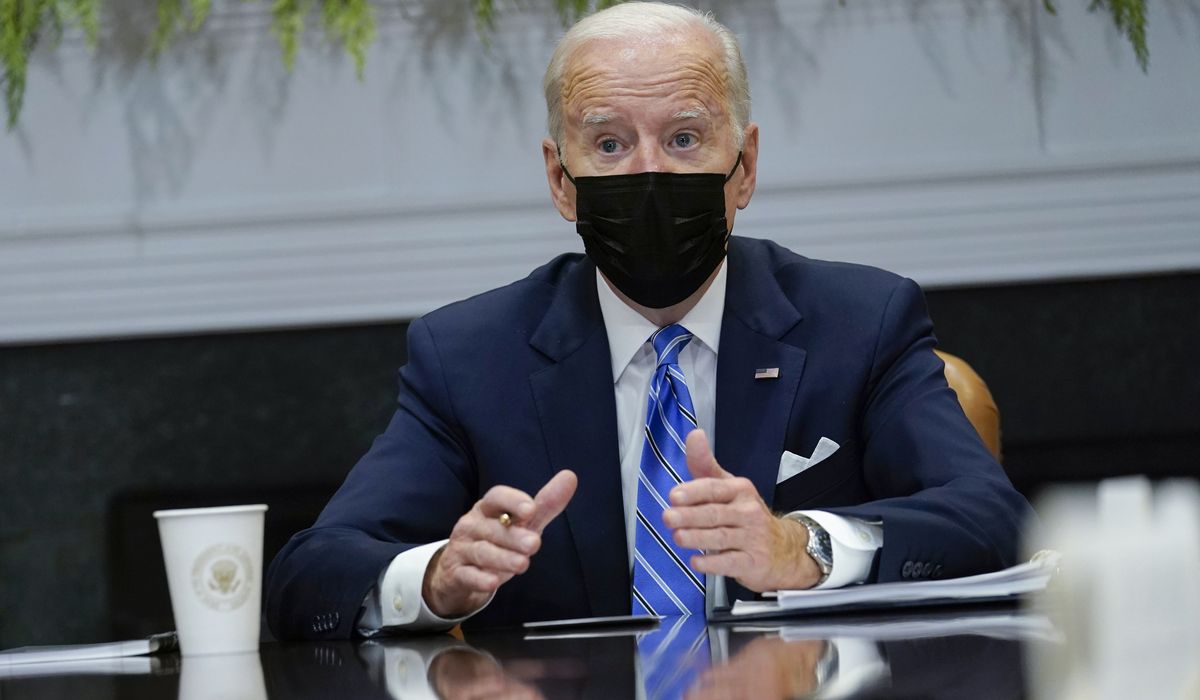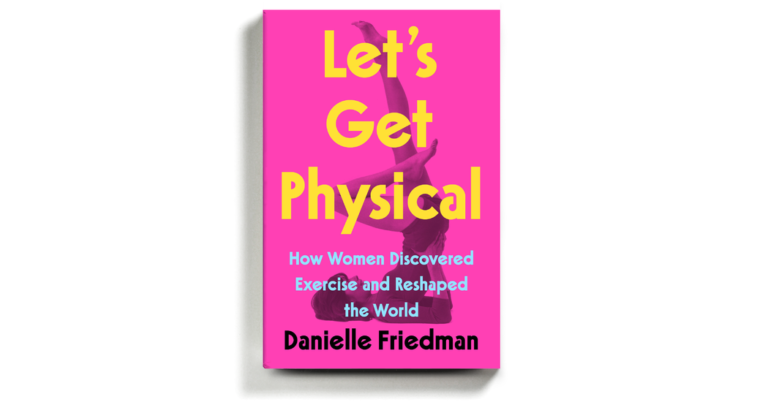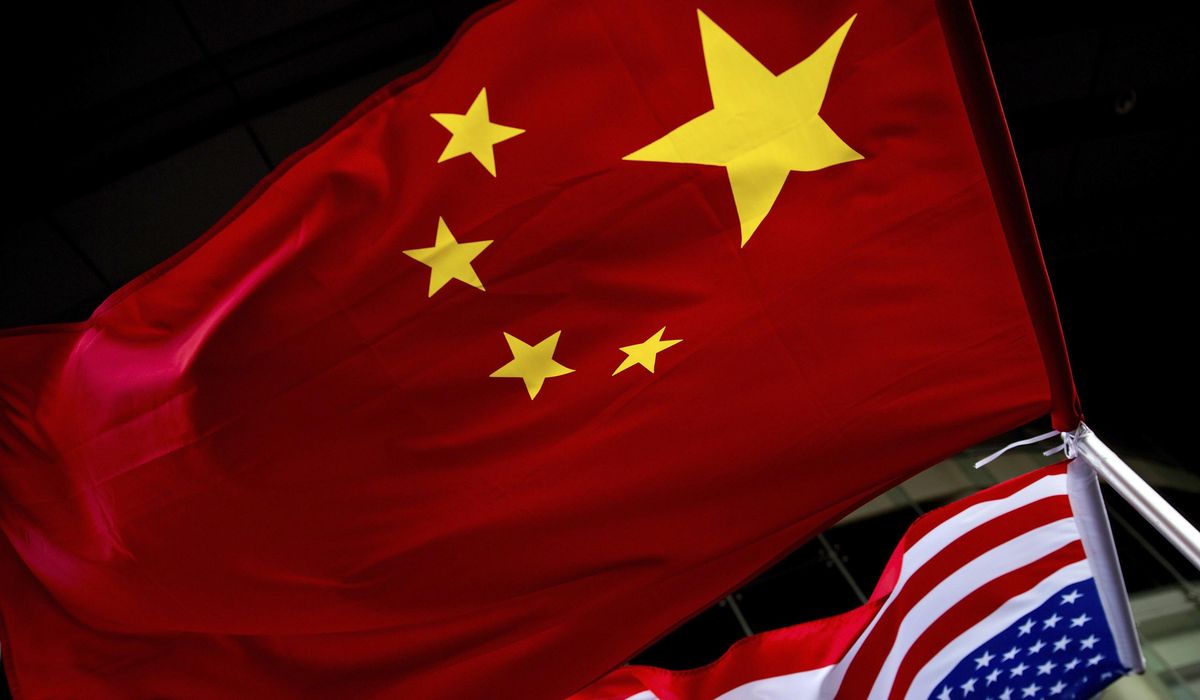
The U.S. Secret Service said Tuesday that fraudulent coronavirus pandemic benefit claims are “nearing $100 billion,” and the agency named its first-ever national coordinator to oversee its investigations.
It’s been nearly two years since the virus first slammed into the U.S., and Uncle Sam has spent trillions of dollars on relief, including assistance to businesses, bailout money for state and local governments, and new unemployment benefits.
The Secret Service, which polices financial crimes, says it was primarily concerned in the early days with protective equipment fraud, but as fraudulent benefit claims build up it is time to refocus.
The agency said it has more than 900 active criminal investigations into pandemic fraud.
“Every state has been hit, some harder than others. The Secret Service is hitting the ground running, trying to recover everything we can, including funds stolen from both federal and state programs,” said Roy Dotson, the assistant special agent in charge who was named coordinator.
The agency also acknowledged the scope of the fraud, saying the massive amount of cash “has attracted the attention of individuals and organized criminal networks worldwide.”
At nearly $100 billion, the Secret Service’s estimates of total fraud are lower than others have suggested.
The Washington Times last month reported that 40% of the more than $700 billion spent in the unemployment insurance benefit program may have been bogus, and $175 billion of that likely went to overseas actors. Of that, $140 billion went to syndicates that have state backing from the likes of China or Russia, according to Haywood Talcove, CEO for LexisNexis Risk Solutions’ government division.
Republicans on Capitol Hill have started a probe into the extent of fraud and who’s perpetrating it.
The pandemic benefits were created by Congress at a time when the country’s economy appeared on the brink of collapse, with mandated shutdown orders drying up customers and closing businesses.
Lawmakers figured the need to get money out the door trumped the need for identity screens, making it relatively easy for bogus applications to be filed and approved.
The chief targets for fraudsters were the unemployment benefit program and two business-focused programs, the Paycheck Protection Program and a set of emergency loans, both aimed at helping companies stay afloat during the pandemic shutdowns.
In the unemployment sphere, the standard fraud involved pilfering names and personal information, then applying for benefits under those stolen identities.
Fraudsters then laundered money, or it shipped it outside the U.S., making it difficult to track down or recover.
Mr. Dotson said that money-moving is a primary concern. In many cases, fraudsters are using romance fraud schemes, where they prey on people looking for companionship and get them to open up accounts that are then used to funnel money.
“As a result, people are becoming unwitting mules for stolen money,” Mr. Dotson said.
The agency said it has won more than $2.3 billion in returned money by reversing electronic payments.
For more information, visit The Washington Times COVID-19 resource page.

